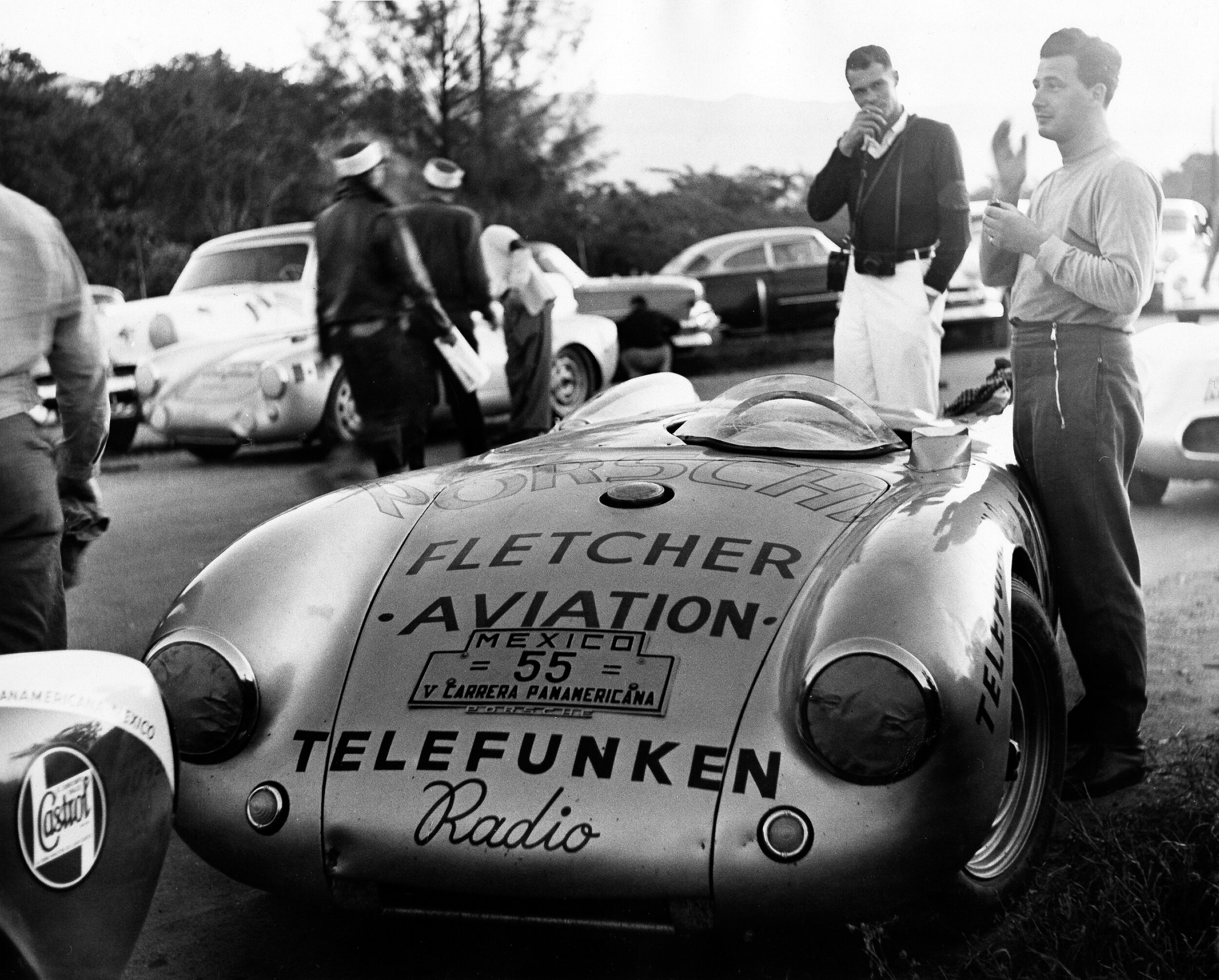The Origins of the Porsche Carrera
A young professional has worked their fingers to the bone. Working up the ladder, negotiating corporate politics and succeeding in their role. A juicy salary rewards their excellent work. But, what’s the point of all work and no play? One age old method of rewarding newfound success is buying a sports car.
Of course, there are a multitude of options. Ferrari? Maybe a bit expensive. Lamborghini? Perhaps a little flash. Jaguar? It’s not a retirement present. Since the 1970s, nearly a million customers have opted for the best all round choice, the Porsche 911 Carrera.
Through various generations which continue to evolve to this day, the Porsche Carrera has offered breath-taking performance, sleek looks and reasonable practicality. Reliability delivers the final knockout punch to the Carrera’s rivals in the showrooms.
‘Carrera’ – Spanish for ‘race’ – has adorned the flanks of Porsche cars since the 1950s. The roots of the name are directly traced to Porsche’s exploits at the Carrera Panamericana Mexico.
First held as a one-off event in 1950, the Carrera Panamericana was an instant hit and returned annually until 1954. Utilising the Pan-American Highway, competitors charged from the Northern tip of Mexico to the Guatemalan border, although the route was soon reversed to a south-north dash. Drivers negotiated altitudes of over 10,000 feet above sea level across competitive stages of over 300 kilometres. Nevertheless, after a long day of navigating mountain sides, villages, ancient aqueducts and erratic crowds, there was always time to indulge in Mexican hospitality at each overnight stop.
To begin with, only saloon cars with five seats were permitted and entries were mostly American built machines. However, the ‘Carrera’ eventually welcomed open top racers.
An entry from the Mexican President brought further buzz to the inaugural event. Although the President had entered his car, he would not be driving. This task fell to a willing Army Lieutenant. After rolling the Presidents car twice, but still making the finish, the Lieutenant was hailed a national hero for his courage!
As the Carrera Panamericana grew in popularity and prestige, the race soon attracted the attention of European manufacturers and became part of the Sports Car World Championship. Although Porsche had been unofficially represented by ambitious privateers in 1952, the works team made their first trip to Mexico for the 1953 ‘Carrera’.
Two Type 550 coupes were dispatched for Karl Kling, a previous winner of the event, and Hans Herrmann. Unfortunately, both Kling and Herrmann’s machines perished under the strain of this brutal five-day rally. Yet, in true Porsche style, the Stuttgart firm were backed up by their customers.
Jaroslav Juhan had recently emigrated from his native Prague to Guatemala to manage an agricultural machinery project for Fiat. While waiting for the machinery to arrive, Juhan started his own European sports car sales and service business. One early agency was the fledgling Porsche brand and Juhan became the first Central American importer for Porsche cars.
To promote Porsche’s wares in Central America, success in the Carrera Panamericana was vital. On the orders of Ferry Porsche, two works Type 550 coupes were deployed for Juhan’s competition efforts. However, chassis #01 and #02 were no normal Type 550s. These ex-Le Mans racer were the first two purpose-built Porsche racing cars ever made. Guatemalan star, Jose Sala Herrarte Ariano, drove Type 550 chassis #02 to victory in class in the 1953 Carrera Panamericana.
A year later, Porsche were back in force for the fifth and final Carrera Panamericana. Boasting an enormous $1.5 million purse, the ‘Carrera’ would go out on a decadent high of speed and glamour. Alongside regular works driver Hans Herrmann, Porsche enlisted the help of Jaroslav Juhan to pilot the second works car.
Herrmann’s car was fitted with Ernst Fuhrmann’s revolutionary four-cam engine. Utilising the extra power from the 1.5 litre unit, Herrmann negotiated the destructive dusty roads with aplomb. Porsche’s superstar completed the eight-leg event at an incomprehensible average speed of 99.3 miles per hour! Only the mammoth Ferraris of Maglioli and Phil Hill reached the line ahead of 1.5 litre class winner Herrmann and his little Porsche Spyder. Commendably, Juhan followed Herrmann home in fourth in a machine fitted with Porsche’s older pushrod engine.
Sadly, the Carrera’s fate was sealed when severe floods and landslides destroyed a portion of the route. Coupled with safety concerns, the Carrera Panamericana was finished for good after only five editions.
Inspired by the performances of Herrmann and the 550 Spyder at the Carrera Panamericana, Porsche decided to adopt the ‘Carrera’ moniker for its new model designed for privateer racers.
It is fitting that the Carrera legacy survives on the flanks of cars which boast bulletproof reliability under the most extreme conditions. Although most modern-day Porsche 911 Carreras will never endure similar peril to the Pan-American race, they pay tribute to an event which founded Porsche’s reputation for dependability under pressure.








